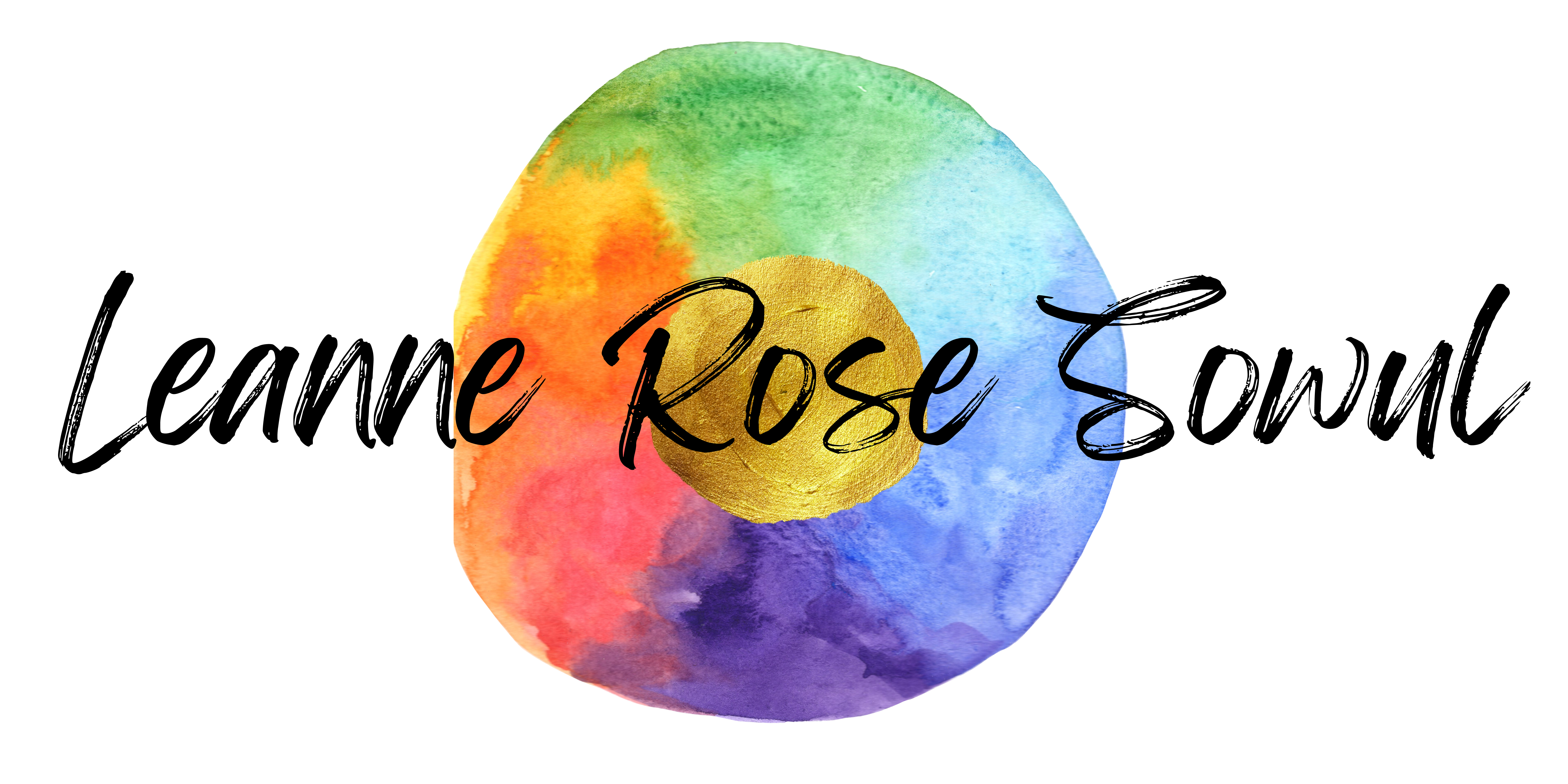Back on September 10th, I had an awesome experience pitching my book on Twitter via #PitMad, which happens four times a year. I had never heard of it until two days before, when I read an article by my fellow DIY MFA blogger Sarah Lovett, giving tips and tricks for Twitter pitching. At the time, I had a complete draft of my book, though I was considering doing some edits to the first few chapters based on feedback I’d gotten from agents over the summer. The only requirement for #PitMad is that your book must be finished. So I figured, why not?
September 10th happened to be the first day of school. I don’t actually do any teaching on the first day, since band is a pull-out class and I can’t pull the kids immediately, but I knew it was still going to be a busy day. So I decided to schedule my tweets in advance using Twuffer. At #PitMad, you are allowed two tweets per hour from 8AM until 8PM, totaling 24 tweets. (At least, those were the rules for this past session. For December’s session, the rules will be changed because the Twitter feed was so flooded that agents couldn’t read through all the tweets.) You also can’t repeat the exact same pitch all 24 times because of Twitter’s spamming rules, so each one had to be unique.
It took me two mornings and one evening session to write all the tweets, and all that time I wondered whether it would be worth it. Why was I using up my precious writing time to compose tweets? But it’s challenging to distill the plot or theme of a 120K-word novel down to less than 140 characters; less, because you also have to have room for the #PitMad hashtag as well as identifying genre hashtags. For example, all my tweets ended with #PitMad #A #HF (adult, historical fiction).

Despite the challenge, I finished in time, and awaited the results with interest. If an agent “favorited” my tweet, that would signify an invitation to query that agent. It’s much better than cold-querying, because the agents are expecting your submission and have already claimed interest in it.
Even though I’d scheduled the tweets in advance, I still found myself checking Twitter obsessively during every break in my day. Not only were there “favorites” to check, but I also got to see what other writers were pitching and help some of them out by re-tweeting their pitches. I made some great connections and had fun side conversations. I was even aided by several writers who had noticed a similarity between my pitch and something an agent was looking for via her Twitter “wish list;” they helped me connect with her.
In all, I got 8 agent favorites and 1 editor favorite that day, which seems like a really big number, considering how overfilled the Twitter feed was. It was such a fun day; I wrote about my experiences with both Twitter and live pitching for this DIY MFA post, “5 Awesome Things About Pitching Your Book.”
After receiving those requests, I very quickly re-wrote the first two chapters (with some editorial support from my favorite beta-readers) and sent queries to 6 of the agents from #PitMad. It’s been almost a month since I sent them out, and I’ve heard back from 2 of the 6 (it’s not at all unusual for agents to take 6-8 weeks to respond to your query, even if it is solicited). Both of the responders asked me for the full manuscript, which is a great sign. Even if I don’t get representation offers from them, it means that my re-write worked; I didn’t get requests for fulls from the agents I queried over the summer.
If I don’t hear from the other 4 in another few weeks, I’ll email to ask if they’ve read the queries. I used to be shy about that, but after I heard Janet Reid of Queryshark.com speak on the subject at the Writer’s Digest Conference, I feel that I’m due a response, even if it’s a form rejection.
I’ll keep everyone posted as to the results; it’s hard to wait, but at least the response I’ve gotten so far has been positive!

That’s awesome, and what a cool way to get your MS noticed. Keep us posted on what happens.